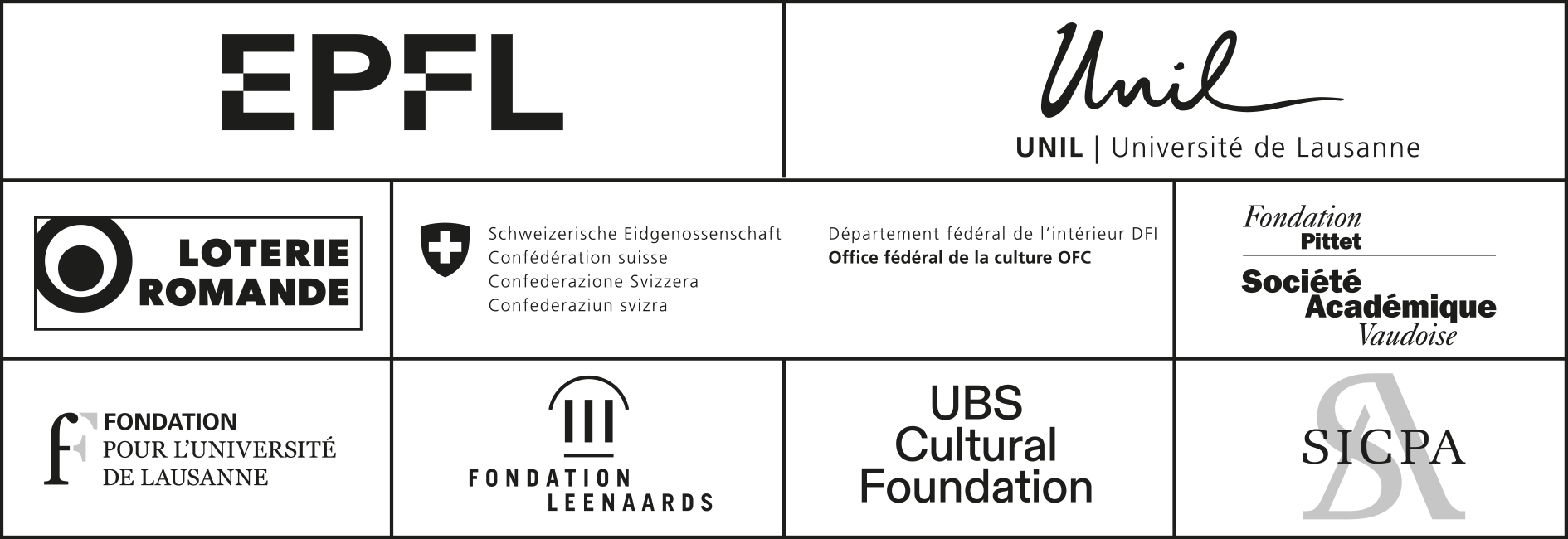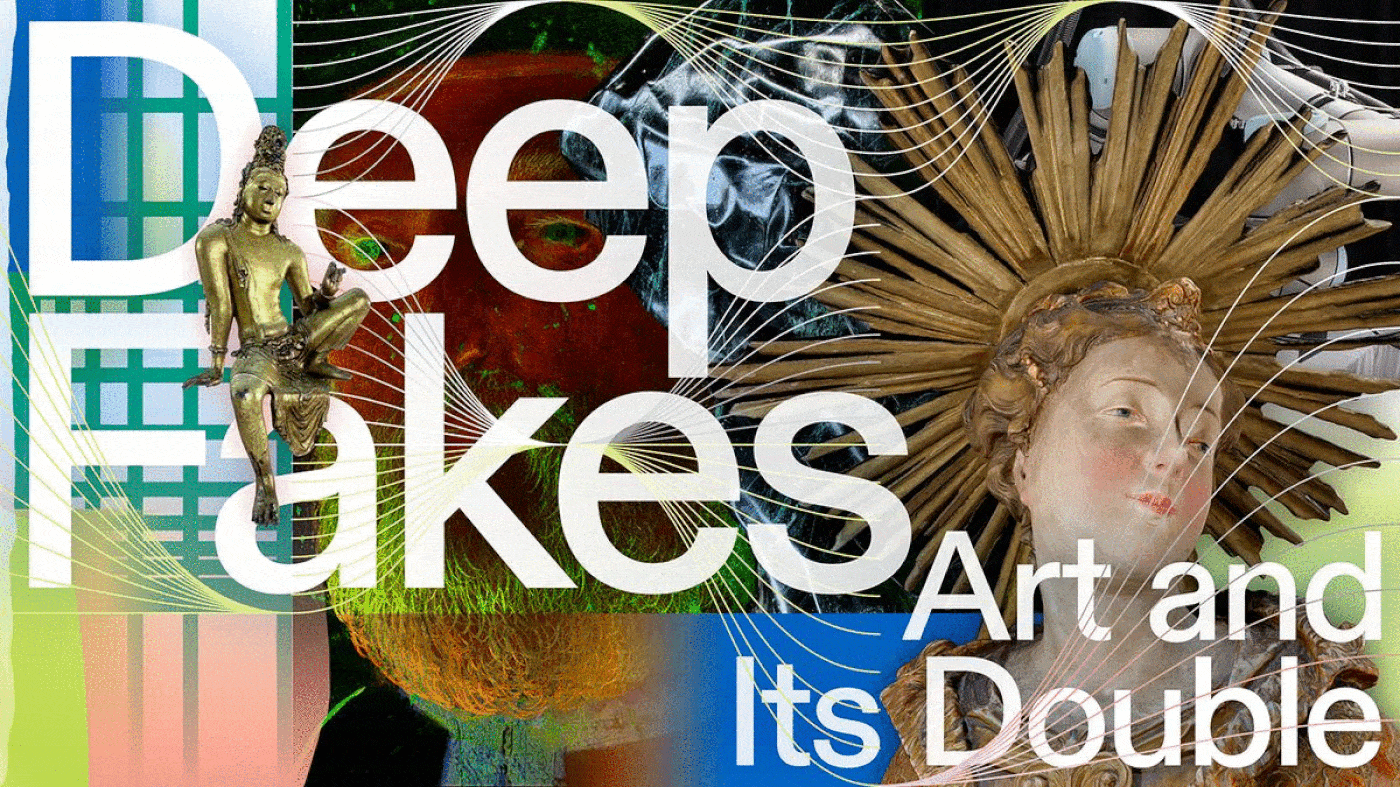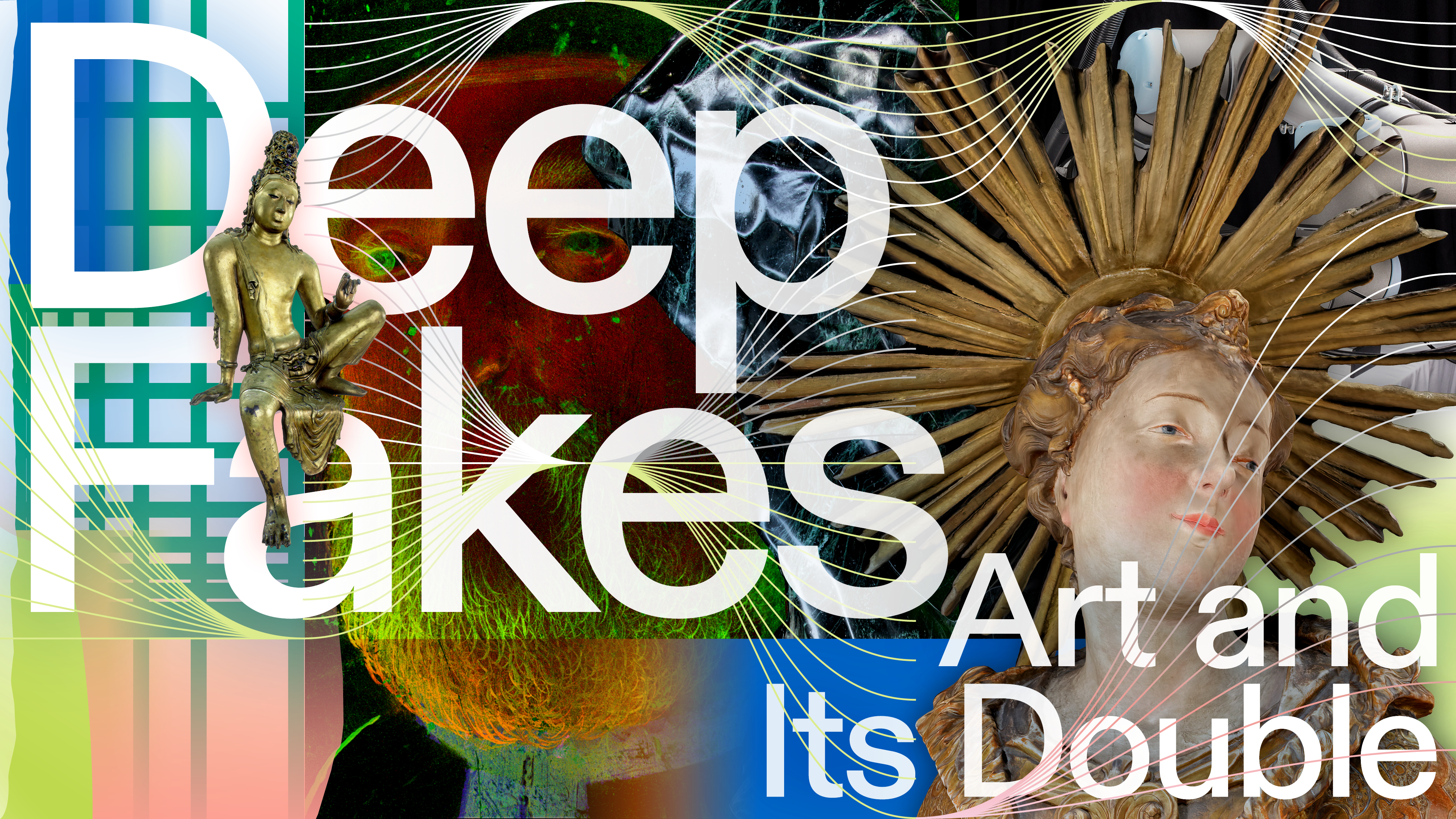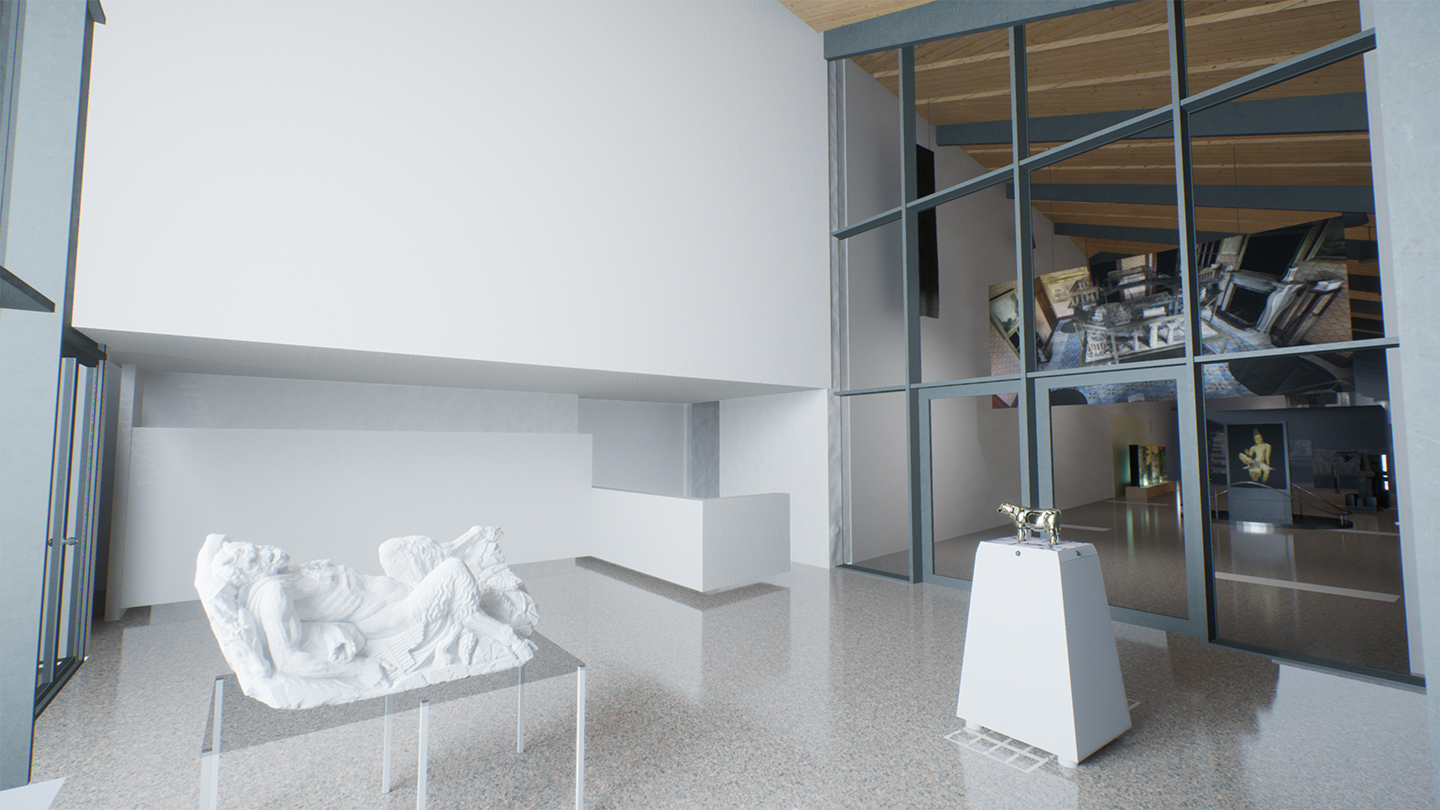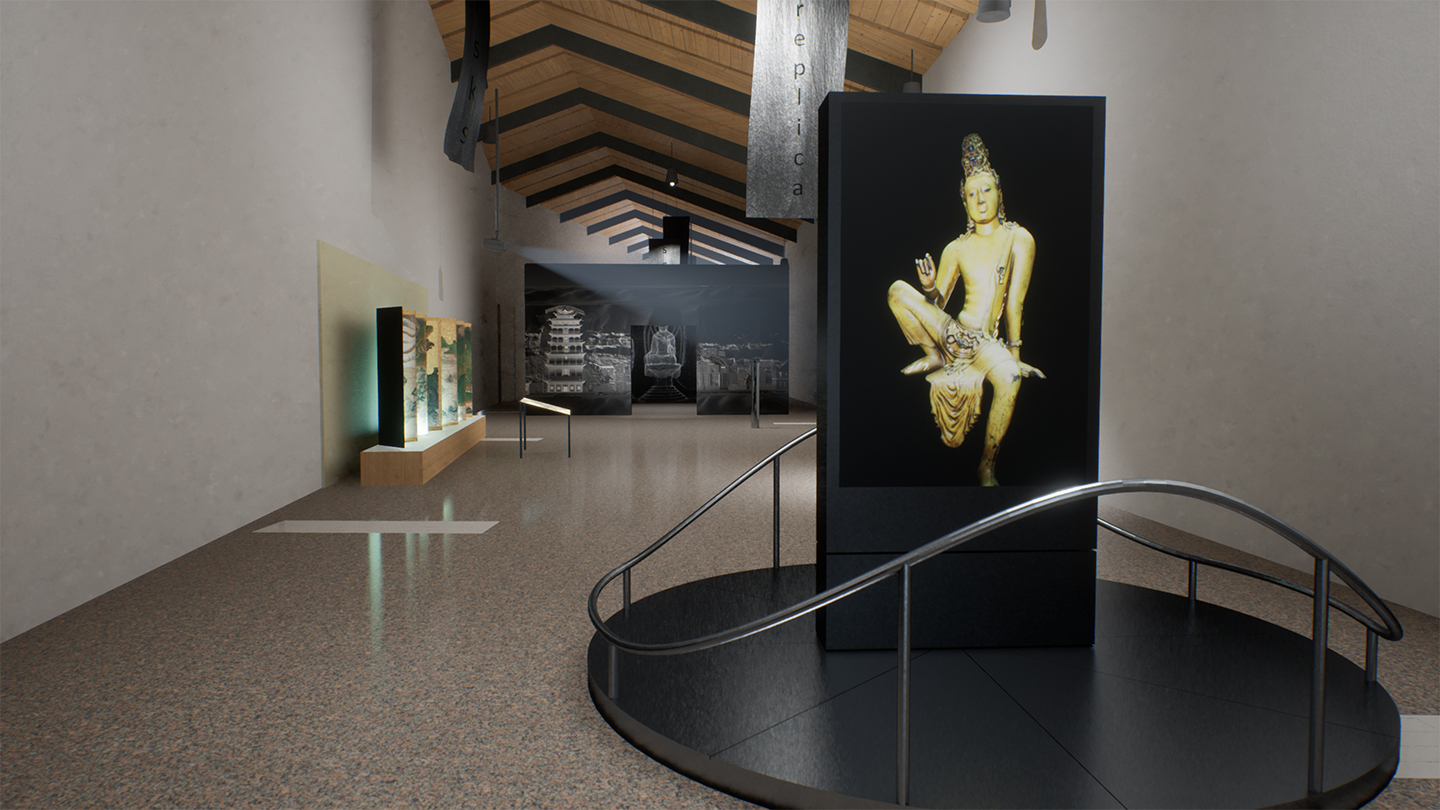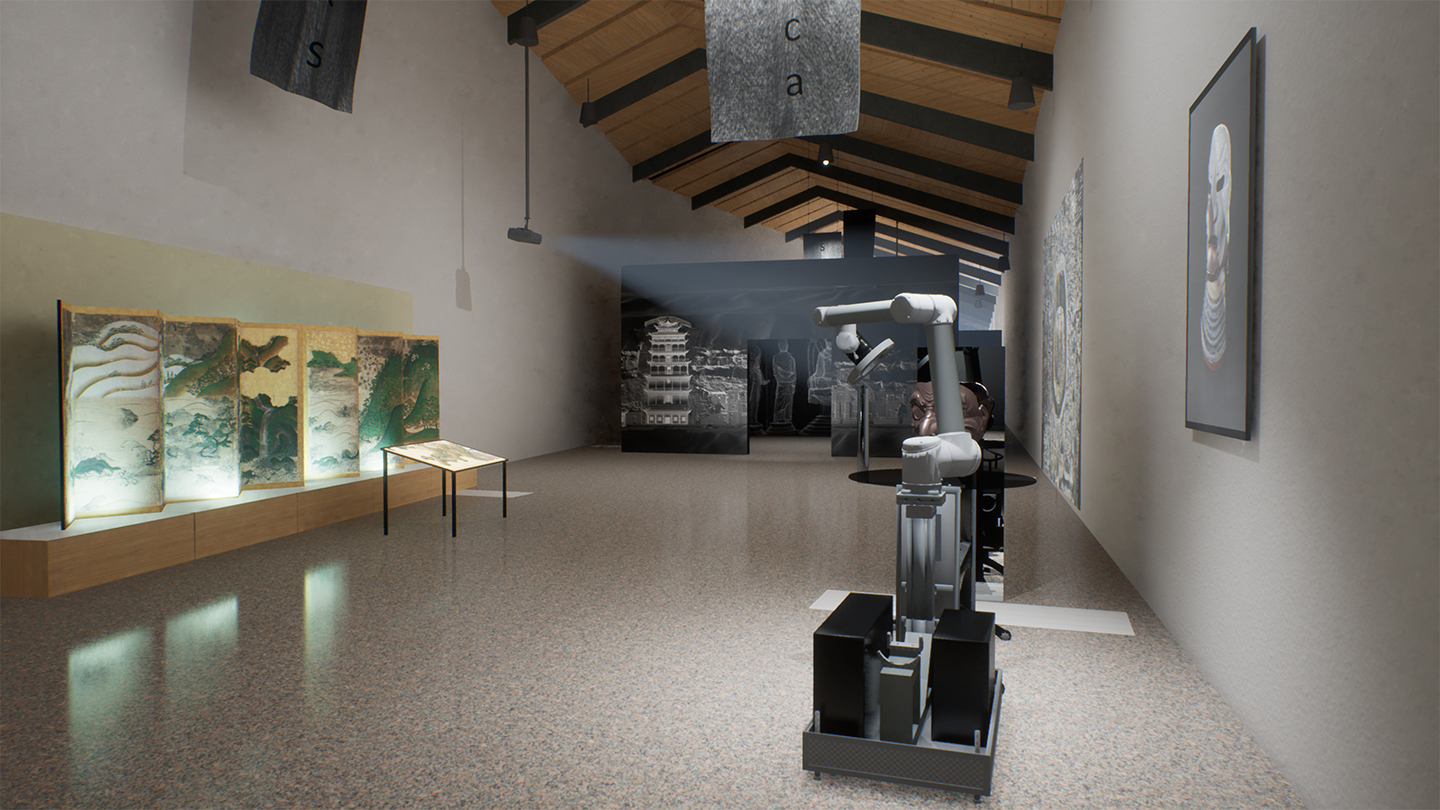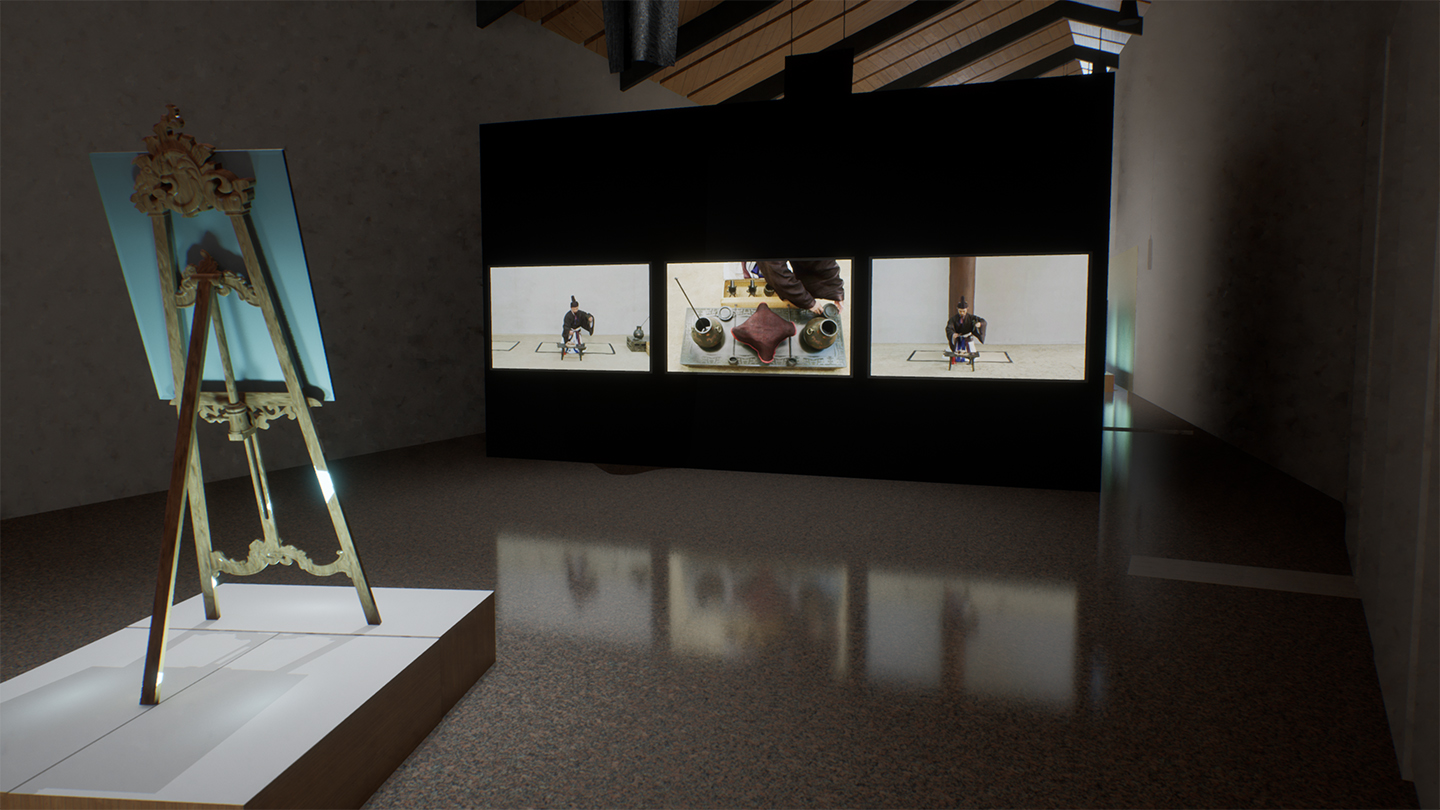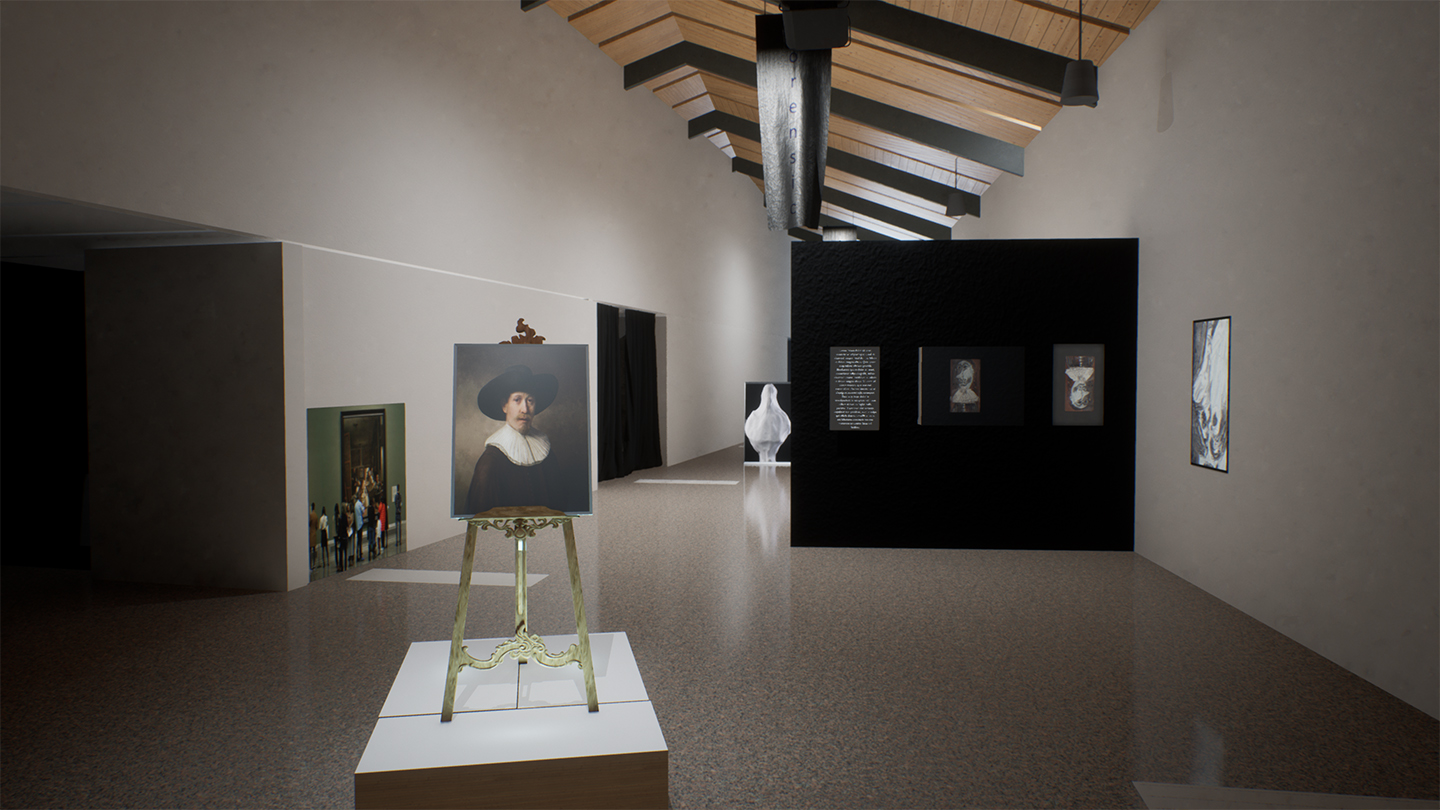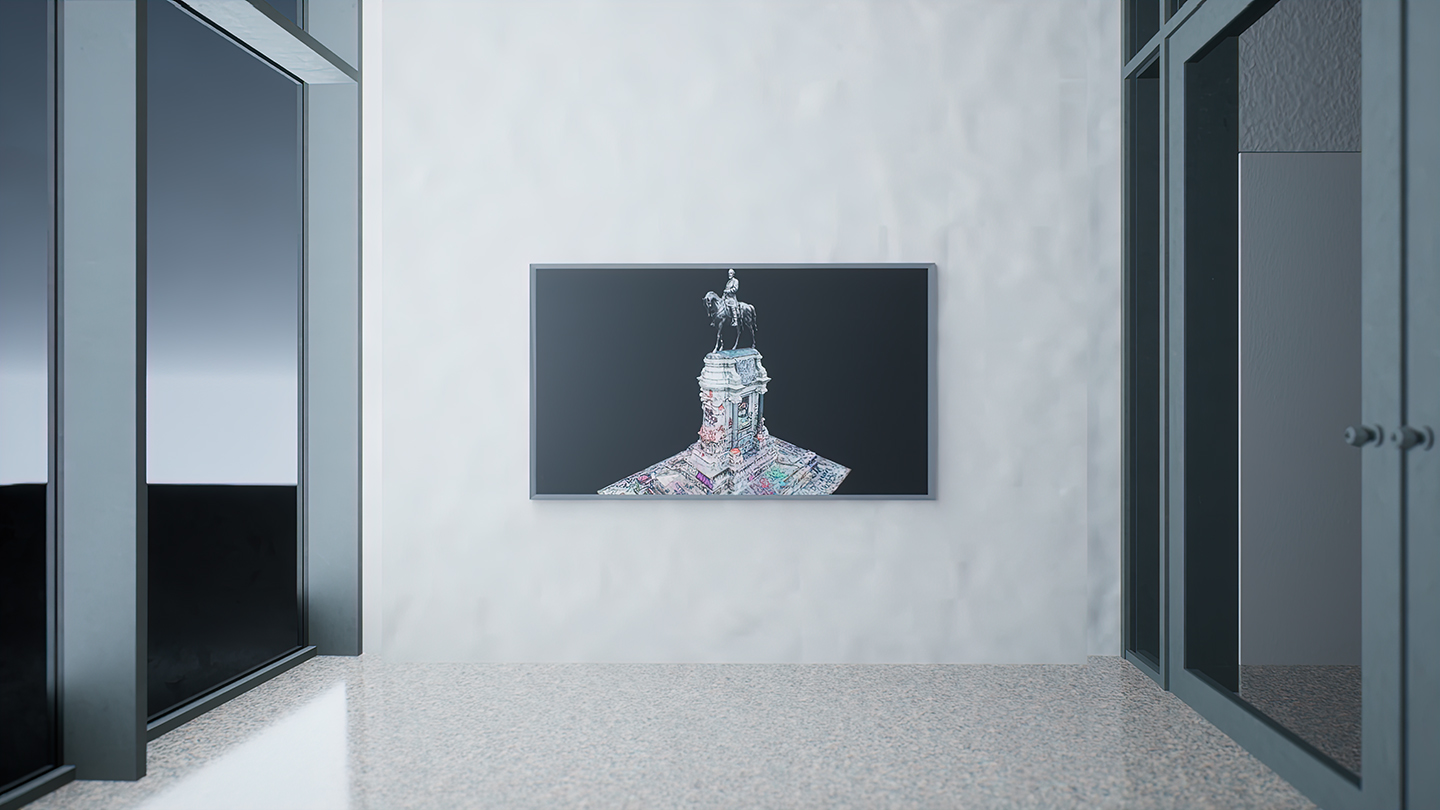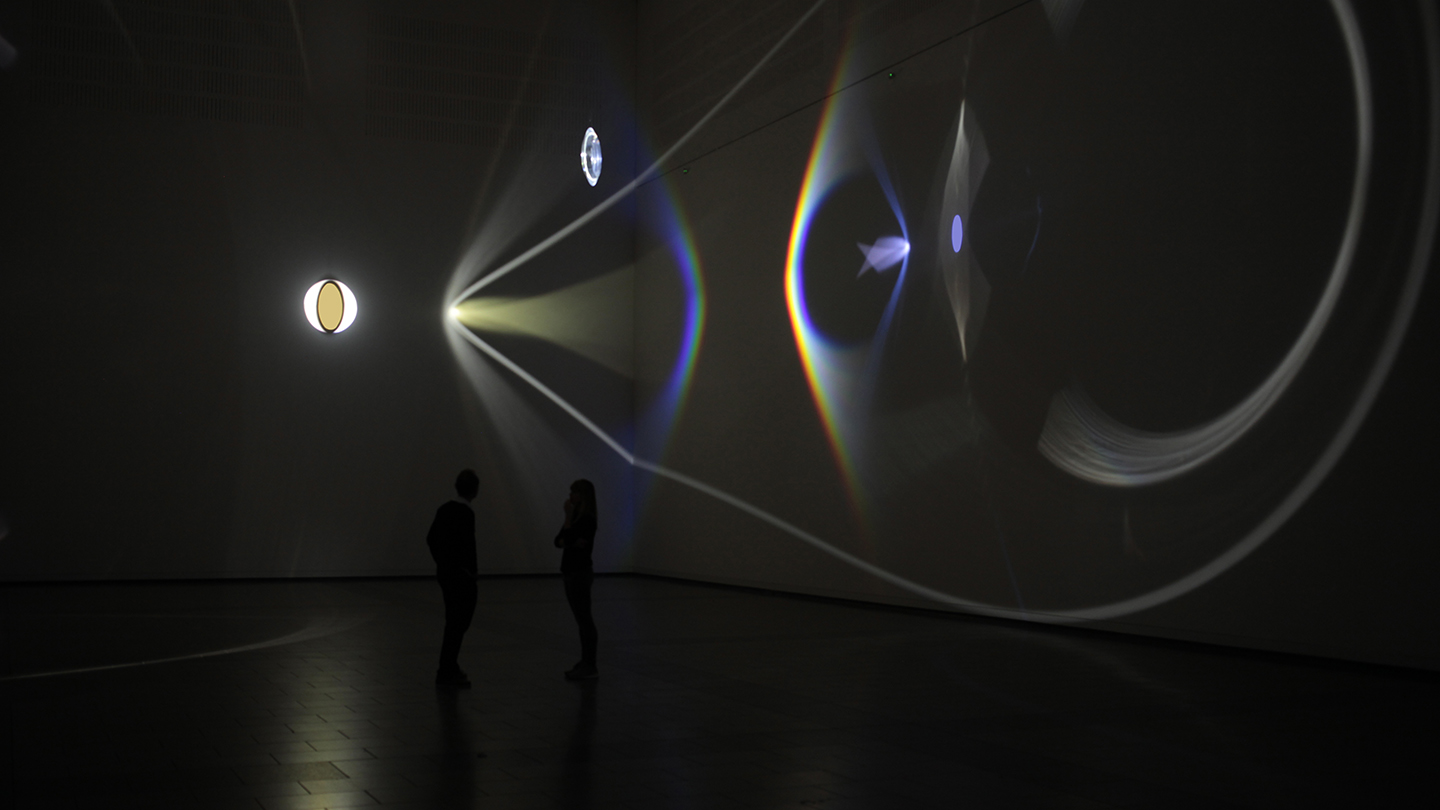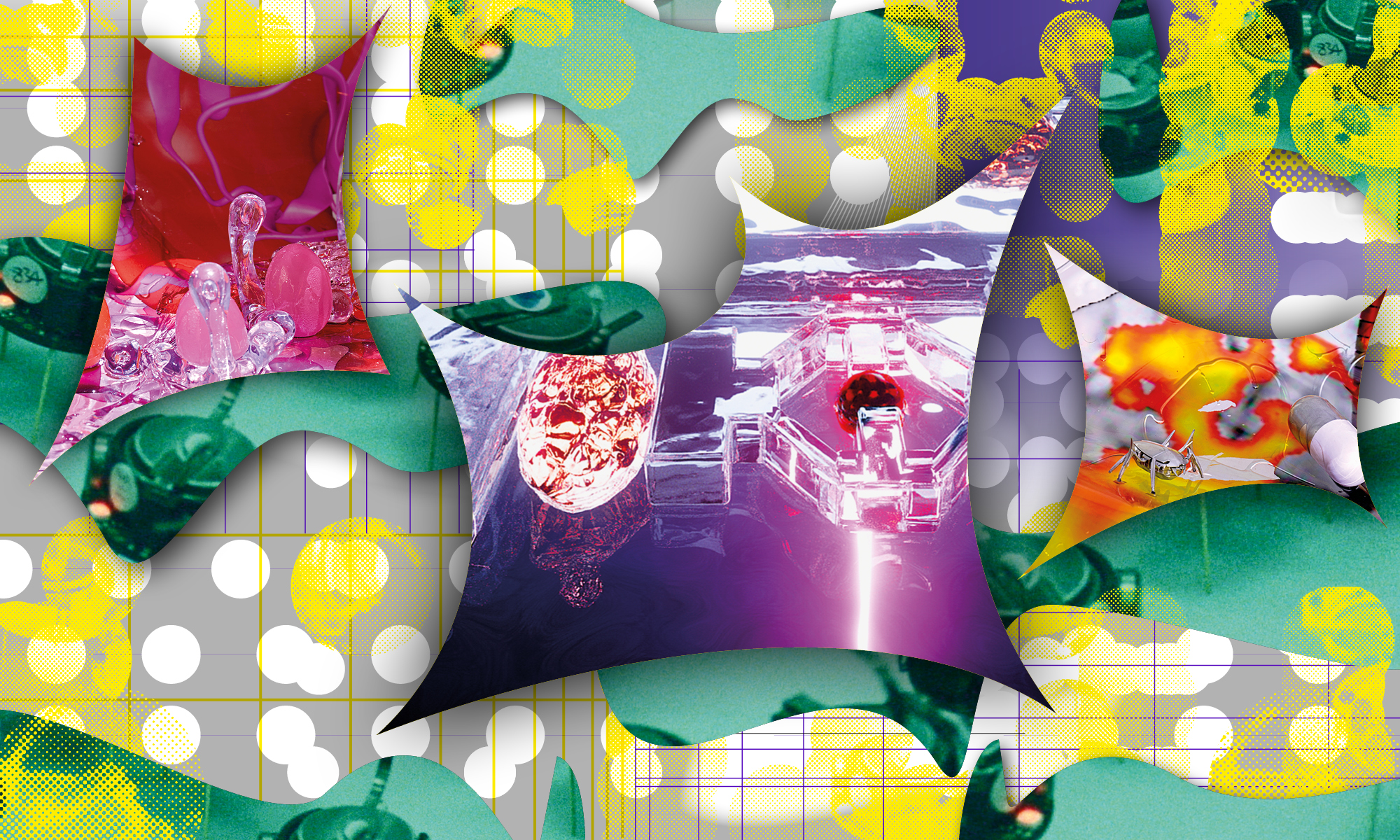September 17, 2021–February 6, 2022
Place Cosandey
1015 Lausanne
Switzerland
Hours: Tuesday–Sunday 11am–6pm
T +41 21 693 65 01
pavilions@epfl.ch
Deep Fakes: Art and Its Double poses crucial questions about the potency of digital replicas to absorb audiences in enduring emotional encounters with universal art treasures. This exhibition opposes the use of “deepfakes” for manipulation and misinformation, to explore very different perspectives, reimagining objects through advanced computational techniques. Decades of computer science and engineering have revolutionized the tenets of verisimilitude and representation. Today’s “perfect pixels” coalesce in imaging techniques designed to replicate cultural artifacts with ultimate fidelity. With its propensity for peripheral vision, machine learning has amplified the possible futures for curatorial and artistic practices, antagonizing outdated notions of authority, authenticity and access. Harnessing artificial intelligence approaches for art reproduction, cultural deep fakes are generating perpetually new archival artifacts, concurrently formed and formless. Simultaneously, as algorithms and computer vision re-perform and reprocess the digitally visible, they are exposing the optical unconscious of art, calling us to reexamine, once again, objecthood itself. [1]
Vital issues for this exhibition include how the encryption of digital counterparts in place of originals is exploding systems and codes of ownership, custodianship, and repatriation. Digital facsimiles decolonize matter as they defy hegemonic narratives, helping to liberate things from their colonial entrapments, confronting authoritative discourses, historical sedimentation, and uncontested social relations. In cases of heritage at risk due to warfare, iconoclasm and climatic catastrophe, digital copies have enabled communities to become more resilient to loss. They can also provide reservoirs of cultural memory and instruments for those on the margins to “speak back” to their oppressors.
Meanwhile the accumulation and exploitation of digital patrimonial and cultural capital by technological elites, unnervingly re-enacts colonial constructs. Synchronously, new forms of cryptographic control, such as non-fungible tokens, are being enabled for networked circulation of art. Promoting the blockchain as a potential dominion of arbitrary value is the hallmark of the intensification of late capitalism’s newest investment for its enmeshed cultural objects, rather than their “depropriation” through the commons.
Deep Fakes: Art and Its Double is a cumulative narrative that traverses the simulacrum, mirrorworlds, digitaltwins, cryptocurrency and machine intelligence, while engaging the issues of mimesis, reenactment, memory and decolonization. The exhibition’s installations cycle us through some of the antitheses of the real and the fake around which the history of art has been circumscribed. Just as postmodernism challenged the assumed meaning of things, cultural deep fakes have become a central pivot for a new significance of objects. Recognizing their importance opens the way to redefine the dominant techno-cultural logic of our contemporary era.
The installations re-present seminal objects from around the world, remediated through participatory interfaces, such as mixed, augmented and virtual realities, Deep Fakes: Art and Its Double creates new performative platforms for the complex archetypes that emerge out of computational practices as they intersect with art heritage. The exhibition is equally focused on affirming and activating visitors’ sensory experiences, while also grappling with the critical implications of the digital materialities that objects possess in post-original form.
Curator: Sarah Kenderdine
Contributors:
AITReC, ArcTron 3D, Art Gallery of New South Wales, ARTMYN, Bauhaus-Universität Weimar, Collart-Palmyre Project of Université de Lausanne, Consensive, CultLab3D at Fraunhofer Institute, Digital Projection, EPFL Laboratory for Experimental Museology, Iconem, Sarah Kenderdine, Terry Kilby, Oliver Laric, Bernd Lintermann and Florian Hertweck, Christian Mio Loclair, Pablo Picasso, QoQa, Remaking Confucian Rites Project and Centre for Chinese Ritual Studies of Tsinghua University, Samurai Art Museum, ScanLAB Projects, Jeffrey Shaw, Eve Sussman | Rufus Corporation and Snark.art, Ubisoft, Victoria and Albert Museum, Wunderman Thompson.
Organizers
École Polytechnique Fédérale de Lausanne and University of Lausanne
Major partners
Loterie Romande
Office Fédéral de la Culture
Fondation pour l’Université de Lausanne
Partners
Société Académique Vaudoise
Foundation Leenaards
UBS Culture Foundation
SICPA
Subscribe to the EPFL Pavilions quarterly newsletter.
[1] Rosalind Krauss, The Optical Unconscious (1993; Cambridge, Massachusetts: MIT Press).
